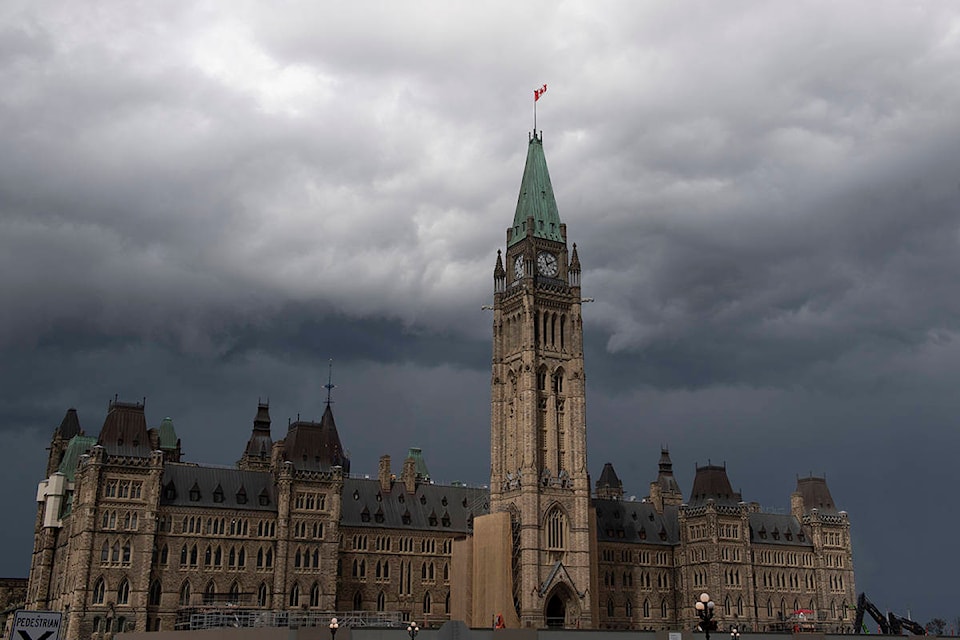By Noelle Muddiman
The idea that politicians can promise tax cuts while still financing social programs seems like a win for everyone involved, but once you delve a little deeper, you find that this is not the case.
Many researchers note the idea behind trickle down economics is that benefits given to wealthy business owners in the form of tax cuts enables them to grow their business, creating more jobs. The lower and middle class will fill these jobs, meaning the benefits for the rich eventually “trickle down” to the general population.
Trickle down economics works in theory, but once you add the unpredictable element of humans, issues arise. It only works if the wealthy business owners actually use the tax cuts to grow their businesses and unfortunately, that is not the case in most instances.
The policy is a great way for politicians to promise both tax cuts and increased revenue. Cutting taxes to the wealthy costs the government money, but the belief is that any lost tax revenue will be regained and surpassed by the boost created by those jobs, in addition to the income taxes paid by the workers, as well as the taxes on goods they purchase.
The theory is linked to the laffer curve, a concept brought to light by Arthur Laffer. The curve shows that the most revenue is gained when taxes sit at around 50 per cent. Too high, and no one works. Too low, and the government collects much less than what is needed to keep the country running.
The laffer curve is often used by conservative politicians to demonstrate that lower taxes can generate just as much gain, though is frowned upon by economists for being overly simplistic, as it doesn’t account for the element of surprise that one must always expect when predicting the behaviour of humans.
Trickle down economics don’t work for the same reason that the laffer curve isn’t a good demonstration of tax revenue. In order for it to work, the wealthy business owners receiving the tax cuts must use that money to grow their businesses.
Unfortunately, this is not what usually happens.
When taxes were cut for the rich in America in 2018, Robert Reich, who wrote Myths About Taxing the Rich, said most big corporations simply bought back their own stock to increase their value. Ultimately, benefits given to the rich do not help those in the middle and lower classes because the rich don’t use the money for the betterment of society — the betterment of their already cushy lives is more important to them.
Sadly, this is an all-too-human behaviour that is intrinsically linked to trickle down economics; from the politicians toting it as a great solution in order to be re-elected, to the wealthy people receiving and abusing the benefits, no one is really thinking of how to boost the quality of living for the average person.
Trickle down economics hinges on the assumption that the well-to-do are the ones driving economic growth, and that cutting taxes will help them do this. Both of these assumptions are incorrect. In fact, it is the middle class who drive the majority of economic growth.
Even an incredibly small increase in wages for low-income earners results in an increase in GDP, while cutting taxes for the rich leads to a slow in economic growth.
Trickle down economics states that by lowering taxes on the rich we will see the most benefit, but if we actually did the opposite, we would see more growth. By raising taxes on the highest earners, we could offer reduced taxes to those in the middle and lower class.
If we could find a way to shift the focus away from personal gain, many good things would happen. Unfortunately, it is extremely unlikely that the views of the entire population will change so drastically, therefore rendering trickle down economics useless.
In the end, trickle down economics would only work in a society that prioritizes the basic needs of others over personal gain.
Noelle Muddiman is a Grade 10 student at Clearwater Secondary School. The Student Journal is a new section of The Times that showcases the work of the local high schoolers.
ALSO READ: The Student Journal: Painting Sunrise
newsroom@clearwatertimes.com
Like us on Facebook and follow us on Twitter
